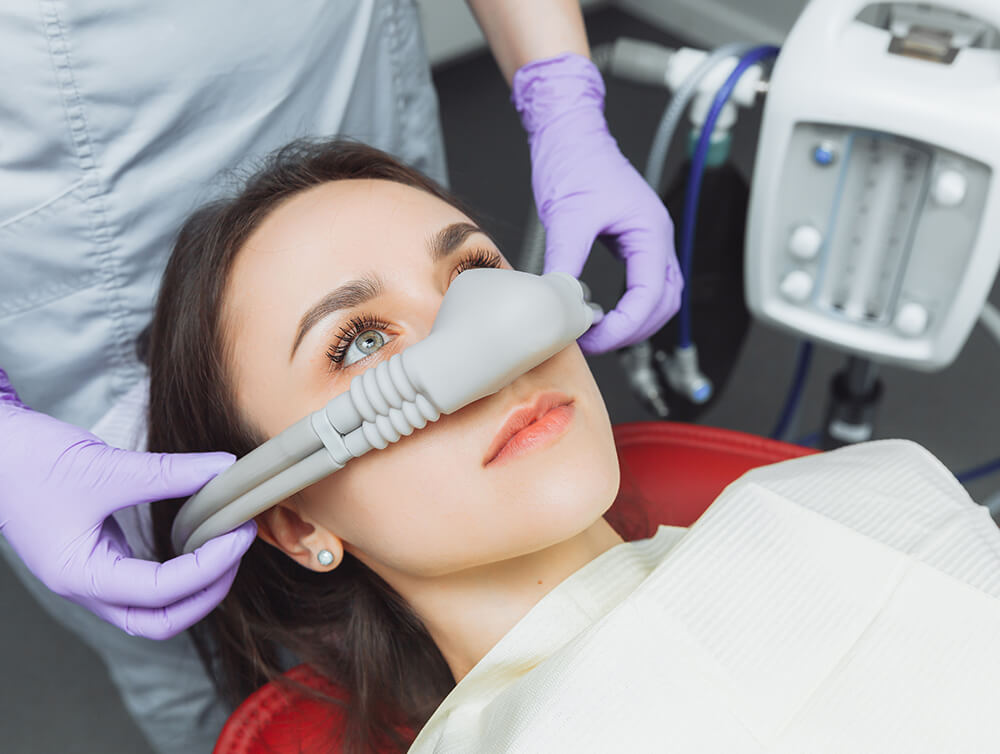Sedation Dentistry
Releaving Anxiety

Sedation Dentistry
Sedation dentistry can assist you in getting the dental care that you require without having to suffer from pain, in case you have anxiety when it comes to visiting a dentist. If you have been postponing the visit to the dentist, then sedation dentistry may be the solution for you.
Sedation Dentistry entails the administration of an oral or IV sedative or the use of laughing gas also known as nitrous oxide. This method is extremely safe as you are able to be conscious while at the same time very comfortable. During sedation the patient is capable of conversing with the dentist although he or she is rather comfortable and calm.
Who Is Best Suited For Sedation Dentistry?
People who have …
- anxiety about going to the dentist
- difficulties with numbing cannot swallow or vomit
- teeth that react to heat, cold or pressure
- out of the ordinary dental issues
- need to have treatment done in the shortest possible time
Oral Sedation
The use of Conscious Oral Sedation takes you into a relaxed mode, and that is why it is considered to be one of the safest and simplest forms of sedation dentistry. The dentist will give you a medication that will help you to be comfortable and calm during the visit.
It is a common occurrence to find many clients claiming to have no memory of their dental appointments at all. Sedation is a great option for a number of different procedures. Imagine having your cleanings fillings and crowns done in one visit and in the most comfortable and relaxing way possible. Moreover, you will also feel fresh the very next day.
Nitrous Oxide Sedation
Nitrous oxide gas is also known as laughing gas and is used in patients undergoing dental treatments. It is as effective when used alone or in conjunction with conscious oral sedation to keep the patients in a relaxed state. The gas is given through a comfortable mask which is placed over the patient’s nose; this makes the patient to experience a mild sedation within 30 seconds to several minutes. After the treatment the patient is given pure oxygen for about five minutes in order to eliminate the effects of sedation. This is because the patients who may have been anxious some few minutes before the procedure are left calm and relaxed.
